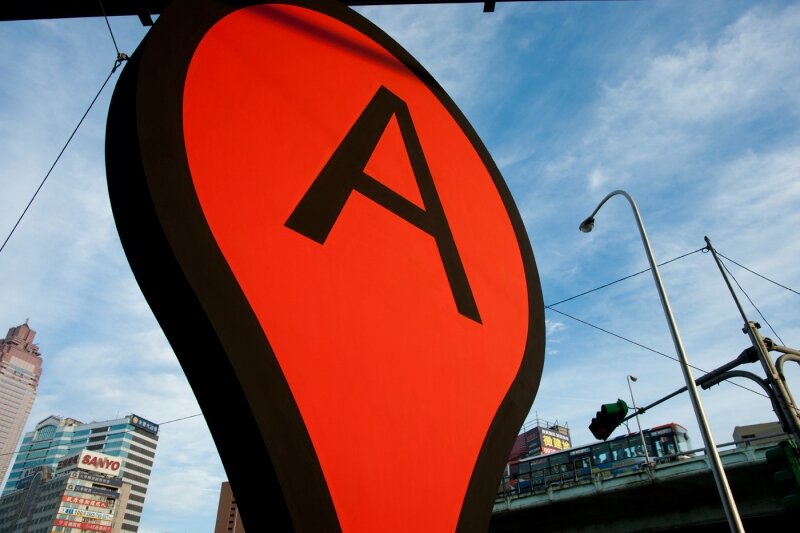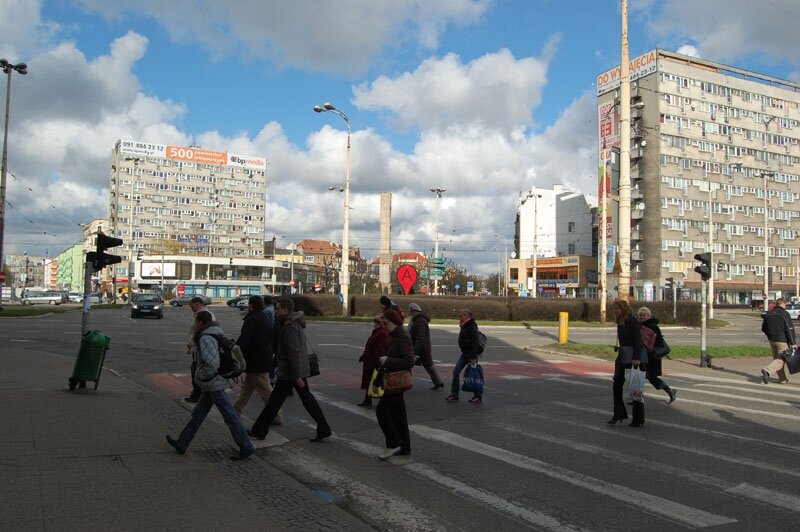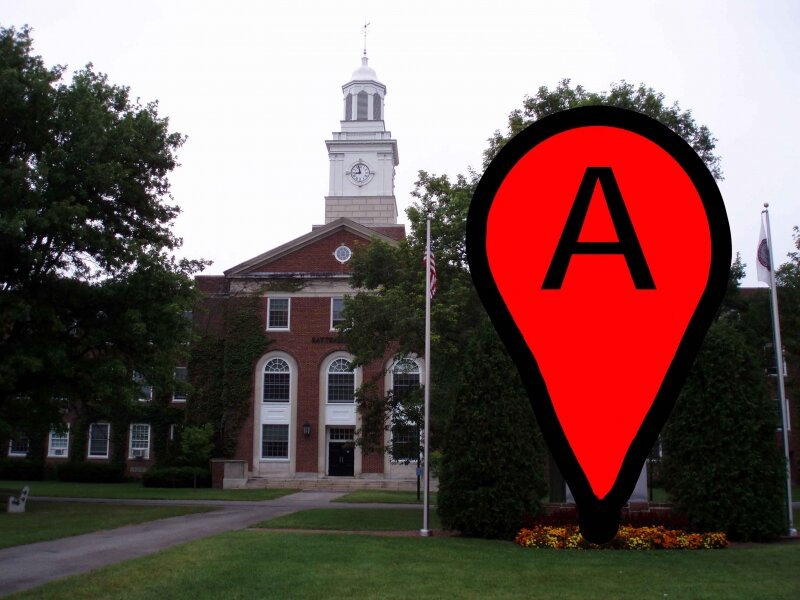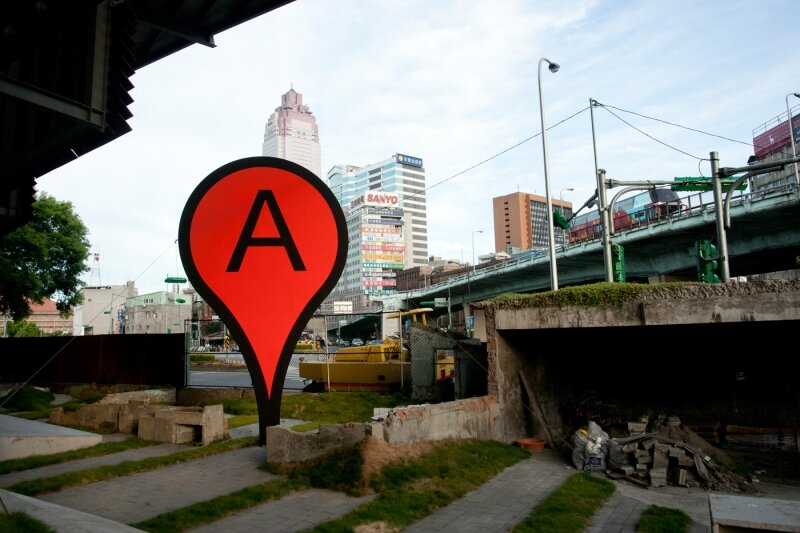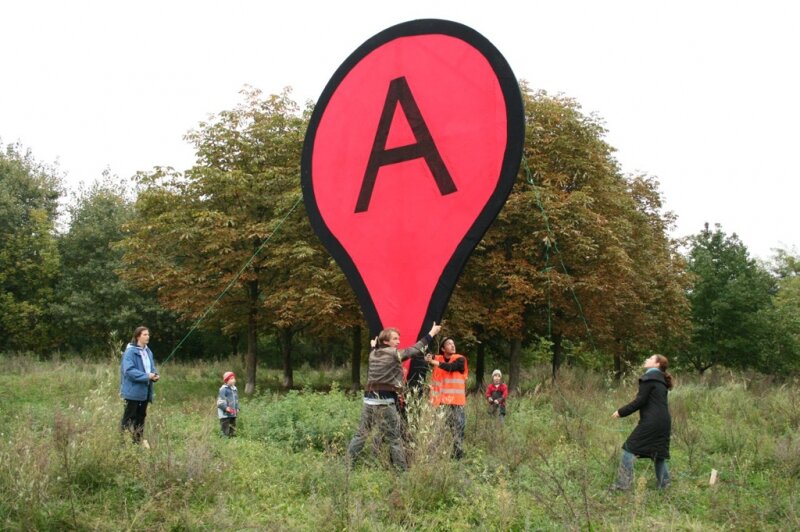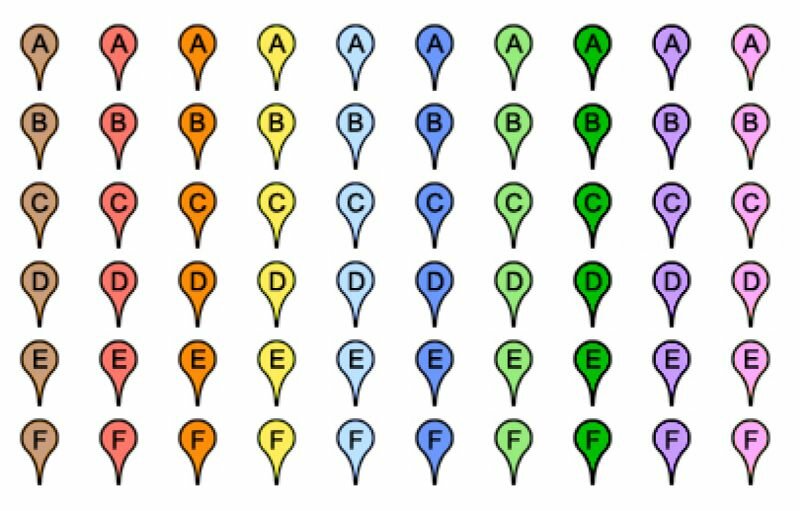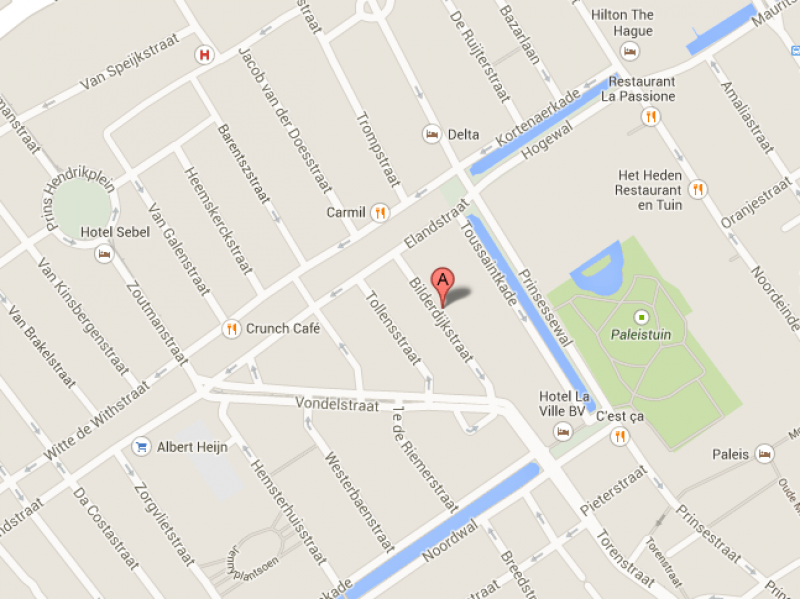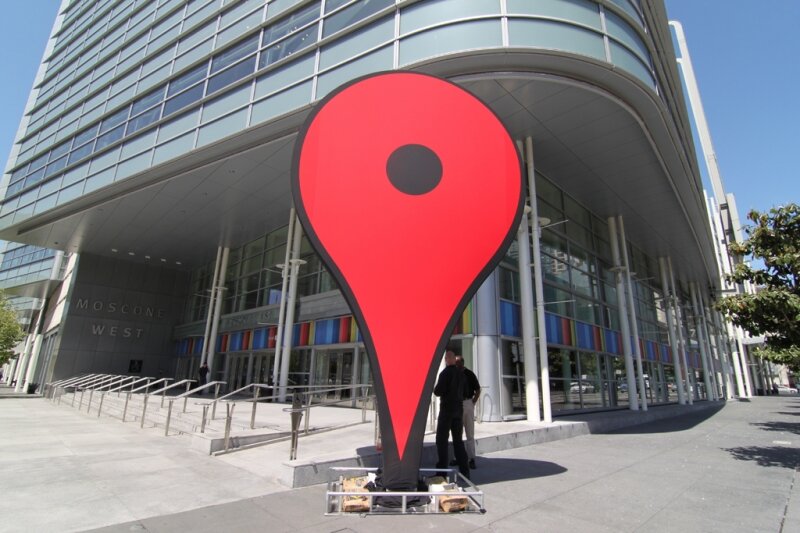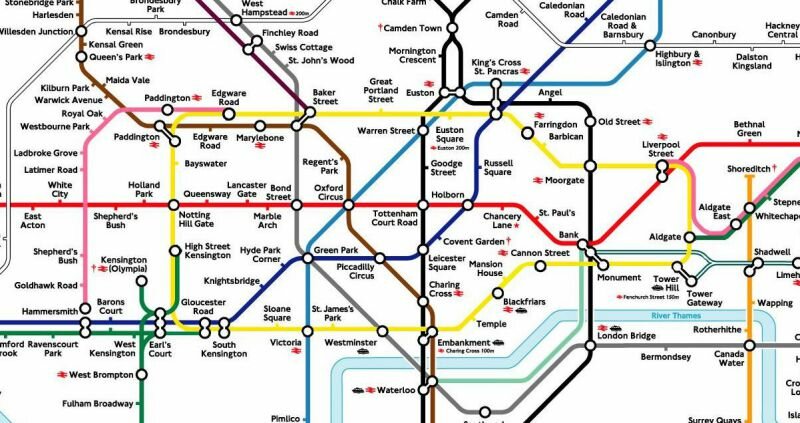
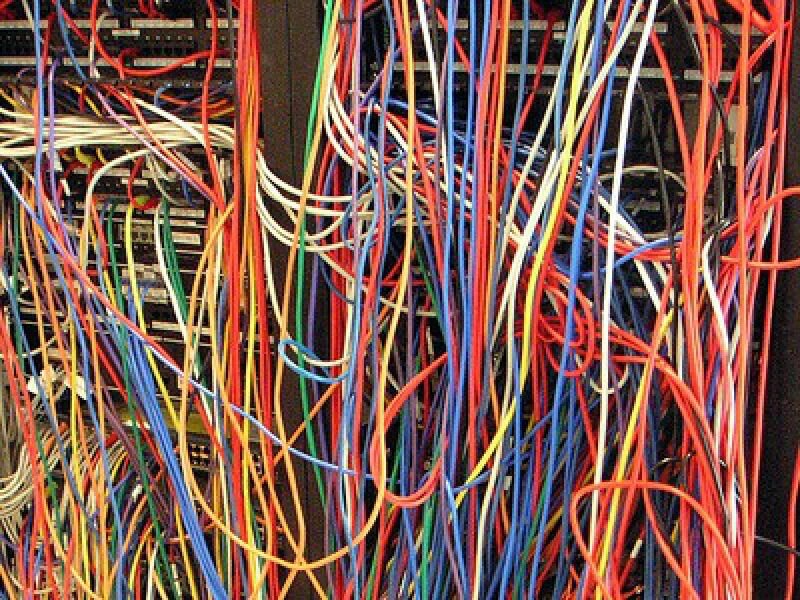
People often think that science strives for truth, but this isn’t always the case. We’re usually searching for the answers to concrete questions, and these answers often find their form through models.
A good example of this is the tube map. The tube map is a complex system consisting of grids and lines. It is, first and foremost, a depiction of the system as it is.
In the 1930s, the underground became increasingly complex. People don’t handle complexity well, they prefer things simple. Harry Beck redesigned the tube map so that it was no longer based on geographical distance but on where to change trains. Instead of representing reality, the map caters to the needs of its user.
Models are developed, and questions are answered by creating models. The function of a model is that it attempts to understand in order to answer a question or purpose.
